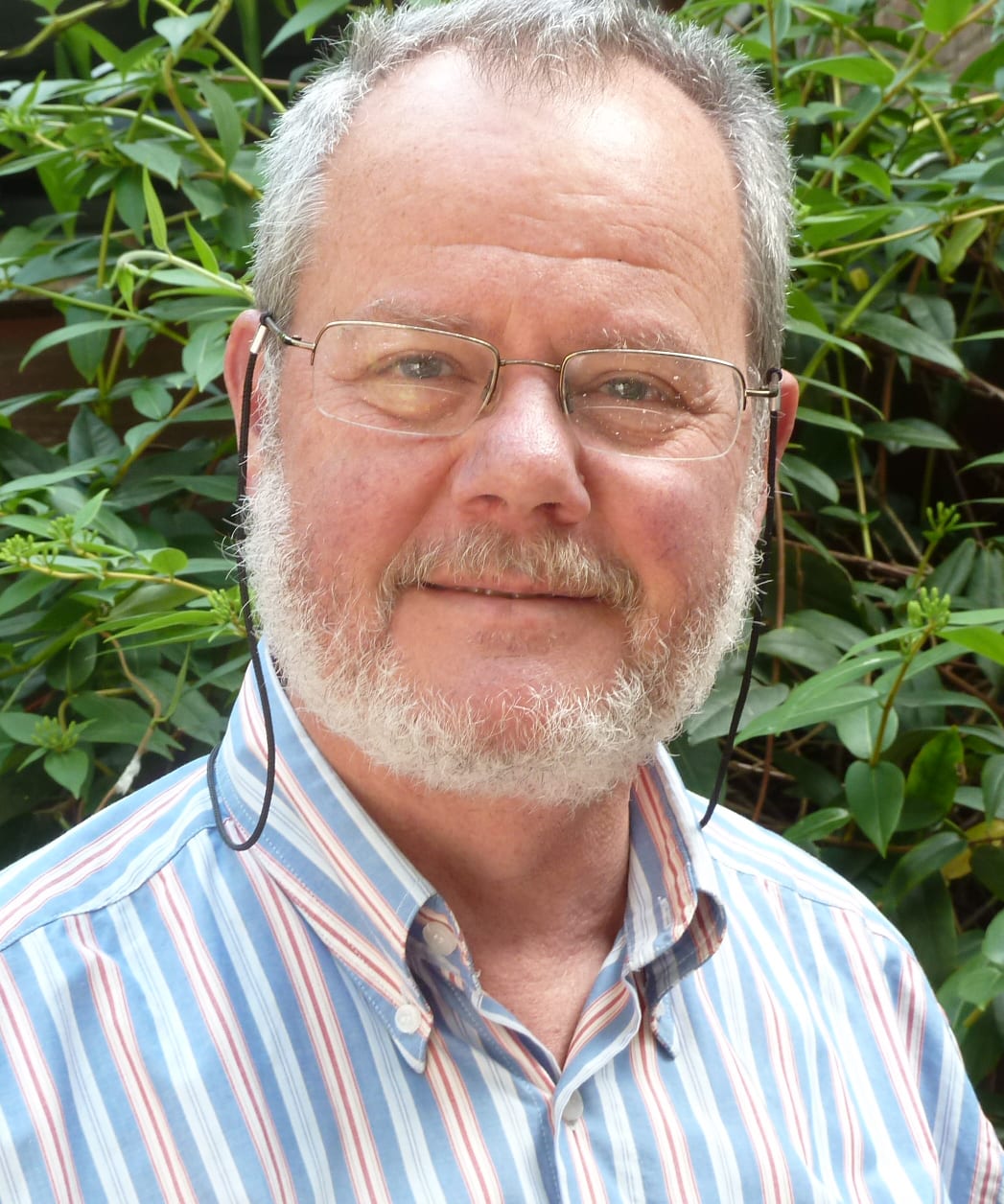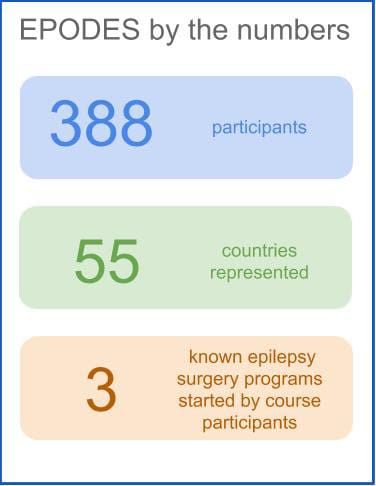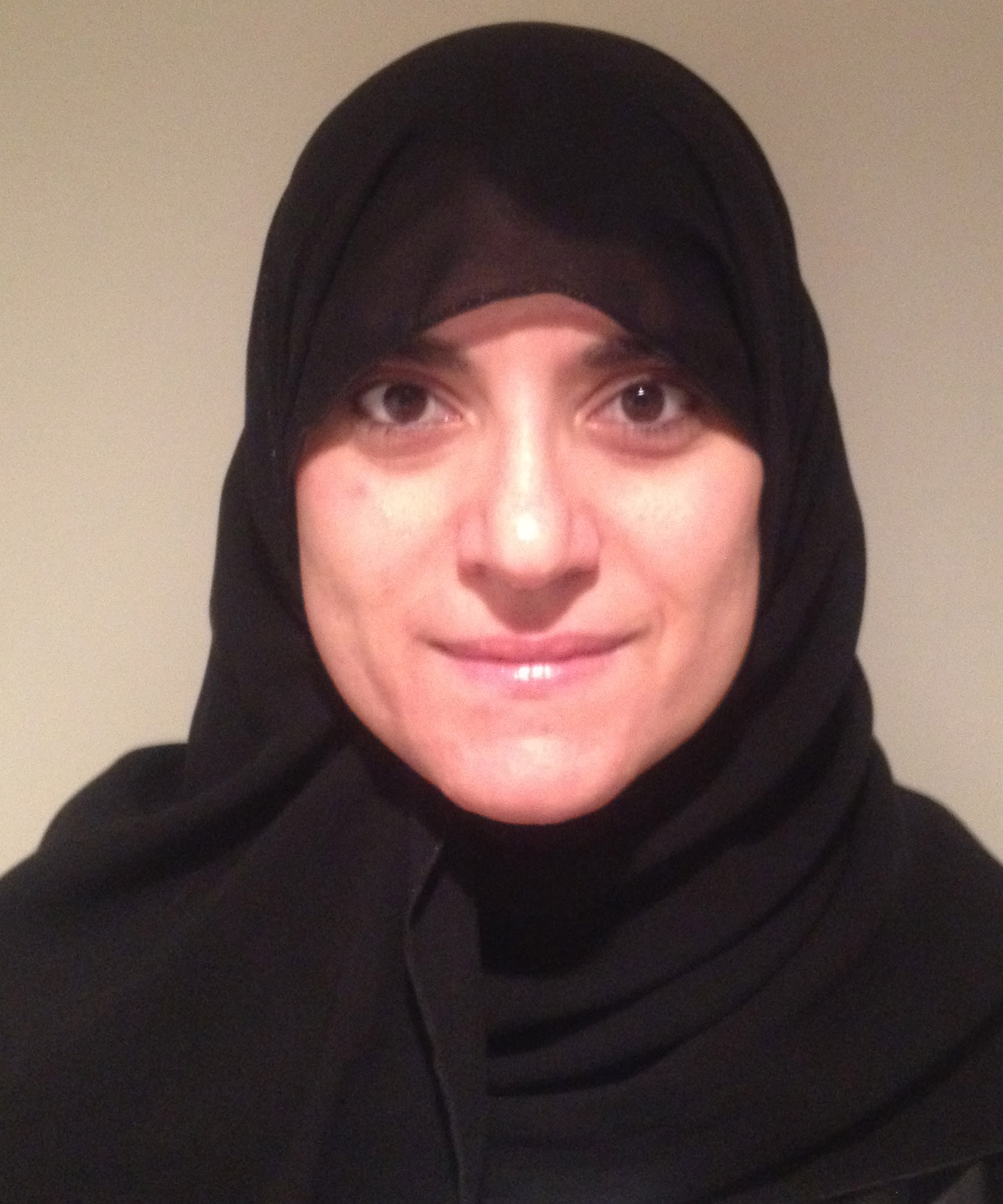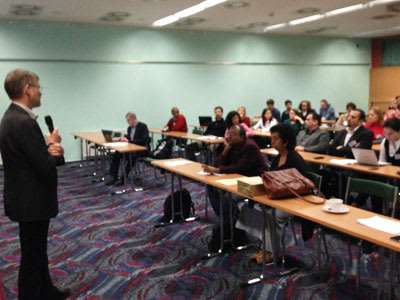Epigraph Vol. 20 Issue 2, Fall 2018
EPODES: More than a decade of epilepsy surgery education, in Europe and beyond
Epilepsy surgery is underutilised as a treatment for drug-resistant epilepsy. The European Project on Development of Epilepsy Surgery — EPODES — was established in 2008 to provide information and knowhow to Eastern European countries with restricted resources and to those that had not yet developed epilepsy surgery programs. Since then, the program has served nearly 400 participants and expanded its reach. The 2018 course welcomed 45 participants from 21 countries, of which 9 were outside Europe.
EPODES history: Service and education


The idea of organising an epilepsy surgery course emerged in 2007, when Cigdem Özkara was secretary of the Commission on European Affairs (now ILAE-Europe). The commission formed a steering committee including Peter Halasz (also a commission member), Walter Van Emde Boas, Kristina Malmgren, Bertil Rydenhag and Ivan Rektor.
Cigdem Özkara designed EPODES, which consisted of courses, visiting fellowships and visiting professorships. Course participants could apply for a fellowship to spend 3 months in a host institute. An expert on epilepsy surgery who was accepted to spend one month at a host institute (whose members had already attended the course) would be the visiting professor.
“At the time, the idea was to adopt the format of the ILAE-CEA Migrating Course on Epilepsy,” said Van Emde Boas. Participant numbers were kept low (+/- 30), and the course was offered for a full week, with full-day sessions in a relatively “closed” setting that kept both tutors and participants on campus. The group planned a 50/50 mix of lectures and interactive tutorials, with obligatory case presentations by students.

“In 2008, the target audience was young neurologists from former Soviet linked Middle and Eastern European countries that had no active surgical programs,” said Van Emde Boas. “Over the years, it has evolved into the now officially ILAE-endorsed and successful cyclic courses with more emphasis on practical neurosurgery, in line with increased knowledge and resources.”
The first course was held in 2008 in Brno, due to its location and cost effectiveness. It included 21 tutors and 31 students, mainly from Eastern Europe, with a few from South America and one from Africa. That year, Van Emde Boas visited Bucharest as visiting professor, while a neurosurgeon from Armenia visited Motol Epilepsy Center in Prague as a visiting fellow, and Petia Dimova from Bulgaria visited Grenoble as a visiting fellow. Dimova went on to start an epilepsy surgery program in Sofia and is part of the Department of Neurology at St. Ivan Rilski University Hospital.
EPODES impact
Nikola Vojvodic participated in the 2008 course and subsequently started a surgery program in Beograd (Belgrade). EPODES, he said, was “a really great course that gave me the insight into the basic principles of epilepsy surgery.”
Vojvodic says that since the program began in 2010, more than 170 patients have received surgery, with remission rates up to 85%. Vojvodic also was able to participate in two more EPODES courses, including giving a lecture on how to start an epilepsy surgery program.
“I think that this type of course is necessary for all young epileptologists who want to deal with the surgical treatment of epilepsy,” he said.

Raidah S. Al-Baradie was also an early EPODES participant. She is currently director of the Neuroscience Center at King Fahad Specialist Hospital, Damman, Saudi Arabia..
“The organization was fantastic, and the way the course was conducted helped me a lot in my career,” said Al-Baradie. “Bringing our own cases and the discussion of multiple cases during the meeting in a detailed and systematic manner was very much related to a real-world approach. It was an excellent course, and I recommend it to new and future epileptologists.”
After its 2008 debut, the course took a two-year hiatus. In 2011, it was repeated in Brno, attracting 50 students. The visiting fellowships and professorships were dropped due to lack of funding. However, since 2011, the course has been successfully repeated every year for 40 to 50 participants. In 2014, the steering committee modified the concept into a three-course cycle: basic, advanced, and pediatric with palliative interventions. By then, there was increasing demand for such education from other parts of the world.
Since 2015, EPODES has had support from the ILAE Surgical Therapies Commission, which has allowed for more international participation. The most recent course, in January 2018, included 45 participants from 21 countries, of which 9 were outside of Europe.
EPODES outline: Comprehensive and interactive

The course series aims to improve the knowledge base of new epilepsy surgery teams, as well as of new team members to established teams. The course involves keynote lectures, group work and tutorials with intensive case presentations with video and discussions by both tutors and students. The target audience includes adult neurologists, pediatric neurologists, clinical neurophysiologists (when applicable) and neurosurgeons.
A hallmark of the course cycle is to emphasize the importance of the comprehensive approach, focusing on the multidisciplinary teamwork of epilepsy surgery programs, which takes time to develop. When EPODES started in 2008, the participants were mainly adult and paediatric epileptologists; now, an increasing number of neurosurgeons also are participating.
There is no overlap with other courses in the field, such as the stereo EEG (SEEG) courses, which are very methodologically oriented towards the use of SEEG in epilepsy surgery evaluation. This course cycle has a comprehensive and interactive approach, emphasizing the importance of the multidisciplinary team as well as the importance of a structured follow-up of operated patients, including adverse effects, seizure outcome, and psychiatric and cognitive outcomes.
The course cycles have included lectures on the surgically remediable epilepsies, presurgical evaluation, scalp and intracranial EEG, imaging, neuropathology and seizure outcomes, as well as neuropsychology and psychiatry. Apart from the lectures, the courses include tutorials and case presentations by students.
Each student is asked to prepare and discuss two cases, and each tutor is also asked to present cases on attributed topics. There is an interactive MRI tutorial, in which 2 or 3 students per subgroup analyze MRI images on a computer and search for discrete pathology. Beginning in 2019, the course will also include an interactive EEG tutorial.
Subscribe to the ILAE Newsletter
To subscribe, please click on the button below.
Please send me information about ILAE activities and other
information of interest to the epilepsy community